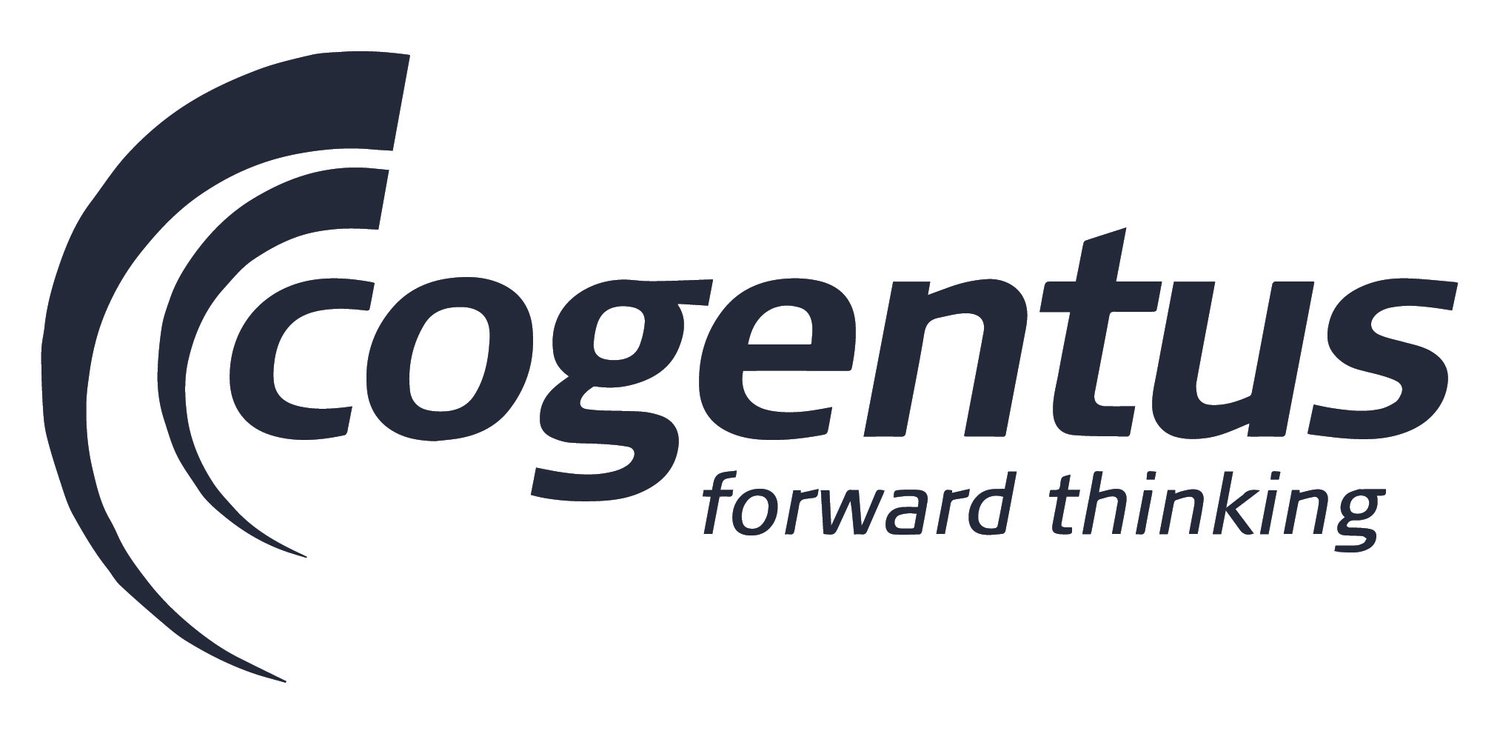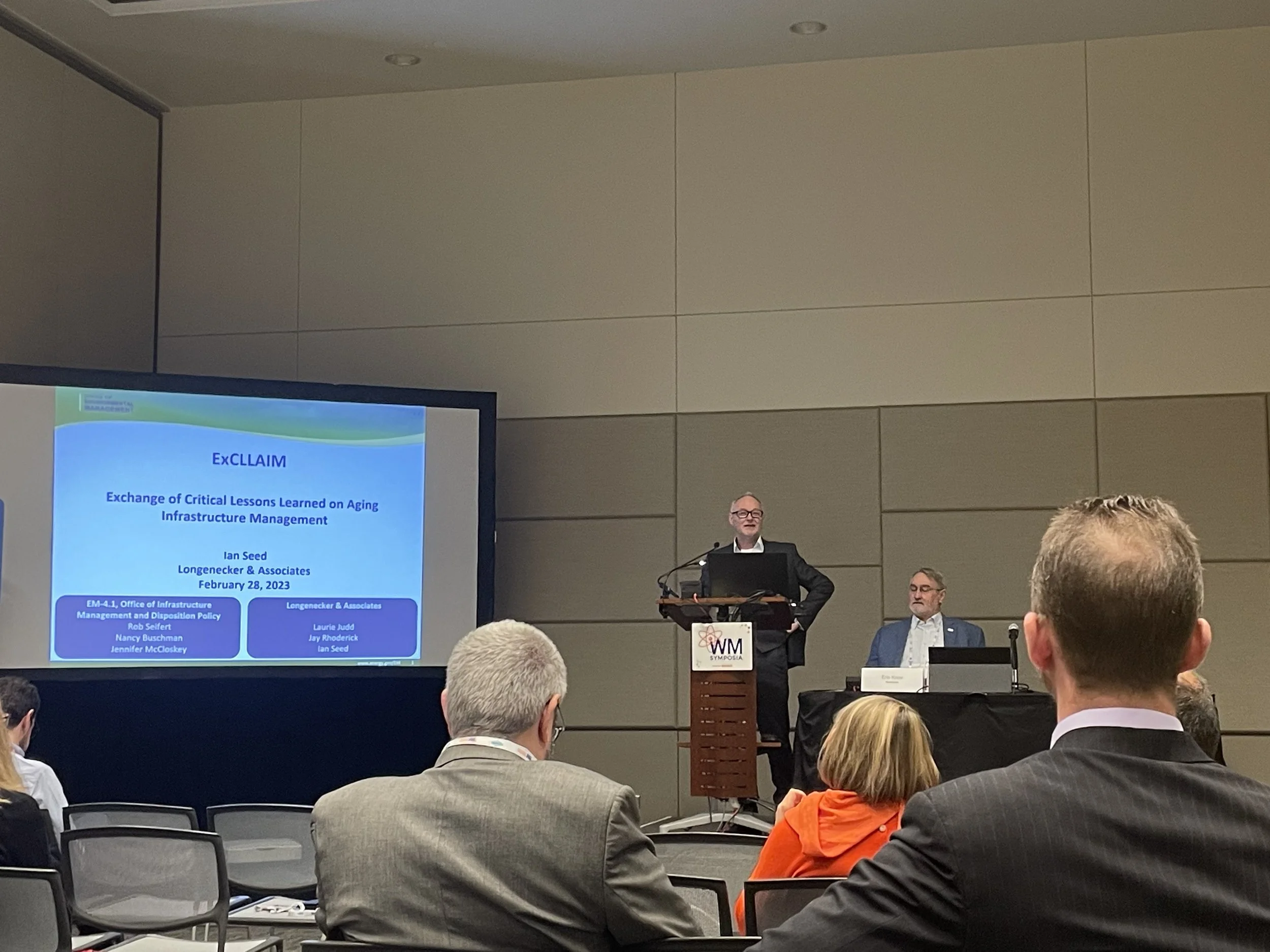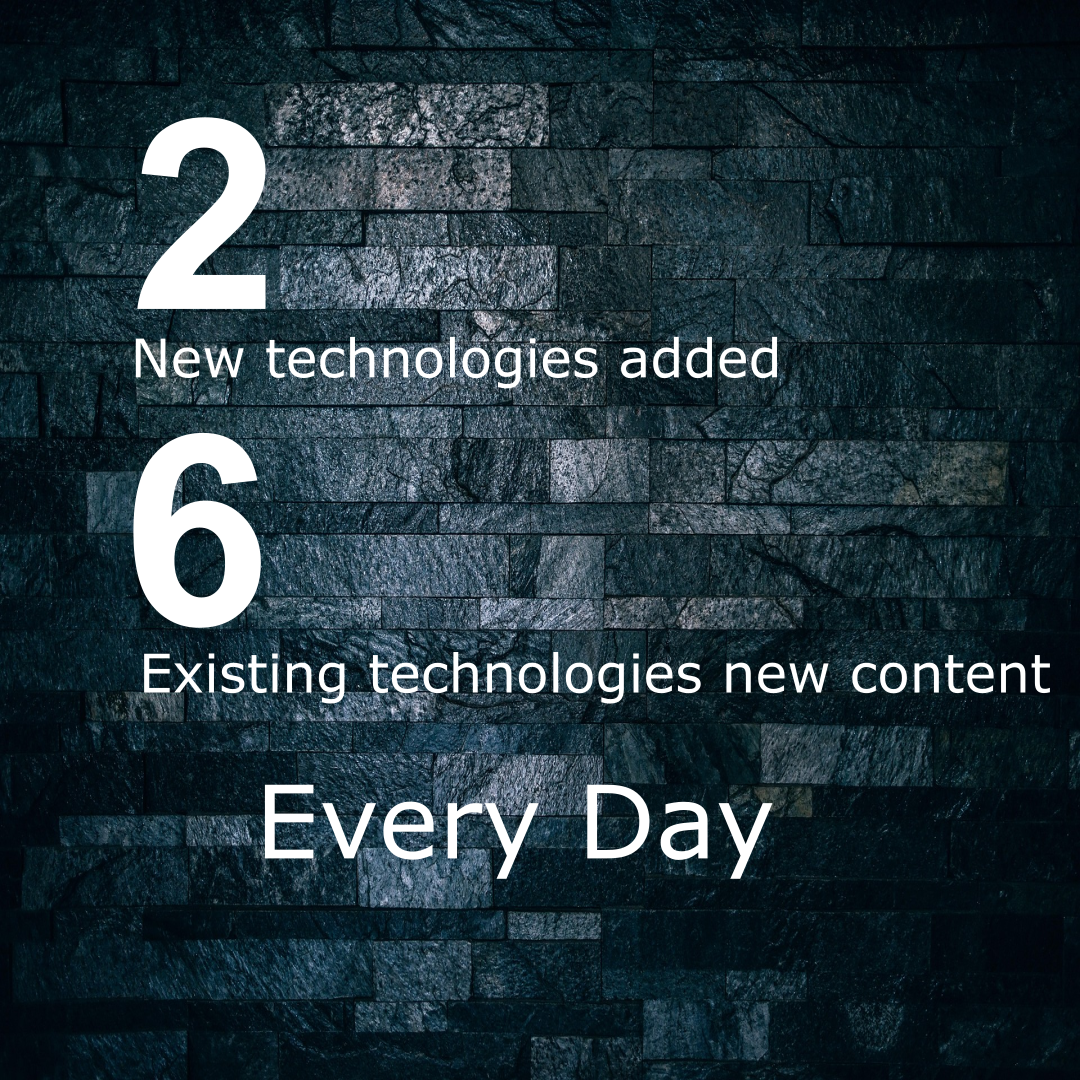Portsmouth Paducah
The Portsmouth Paducah Program Office (PPPO) held their first Deep Dive on aging infrastructure in September. It was a three day event, fully remote, designed to show how supporting infrastructure is critical to the cleanup mission. Between 80-100 people attended and heard presentations from each site. The question and answer segment after each presentation helped to put the information into context with other sites.
Deep Dives are an important part of the DOE-EM approach to the cleanup mission. It is recognized that supporting infrastructure (such as roads, electrical supply, water, etc.) are critical to the success of the mission. Without these systems, the mission cannot be completed and if these systems fail then the mission will be delayed and costs will increase dramatically. Therefore, it is in everybody’s interest that the support systems are adequately maintained and rightsized. Deep Dives are intended to show to others how important the support infrastructure is to each site and share lessons learned across sites (since they all have similar challenges).
The aim is to have two Deep Dives per year that covers, in time, the whole EM complex. To date we have had Deep Dives from Hanford, Savannah River, Oak Ridge and now Portsmouth/Paducah. The next Deep Dive will be WIPP in November.
Some more information on Deep Dives and their objectives are below but if you want to know more detail, please contact us.
Deep Dive Objectives
To facilitate understanding of each site’s infrastructure management plans and how they support the EM mission, priorities, and goals
To identify common issues, challenges and priorities across sites
To facilitate discussion on how these issues and challenges can best be addressed
To help inform annual programming and budget decisions aimed at reducing risks to mission execution across the enterprise.
To share lessons learned and best practices within DOE as well with external organizations (e.g., Internationally & other Federal Agencies), and building a Community of Practice.
Typical agenda topics include
Sitewide Overview
Infrastructure Overview
Infrastructure Systems such as;
Water & Sewer
Electrical
Roads
Information Technology and Cyber Security
Emergency Services
Offices & Light Labs
Other
Leases & Permits
Excess Facilities
Infrastructure Program Review
Sustainability
EM Deep Dive Goals
Better understand Program drivers impacting infrastructure management and infrastructure gaps, risks and challenges
Provide input to support development of a strategic infrastructure investment plan to reduce the highest risks to the mission
Facilitate understanding and agreement of the future direction of Site’s infrastructure management plans and how they support EM’s mission, and priorities
Provide HQ and other Programs/Sites with an opportunity to ask questions, suggest alternative approaches, etc.
Enable Programs/Sites to share experiences and best practices
Discuss EM’s Strategic Infrastructure Management Plan (SIMP) and its future development
Deep Dive participants include
Internal Participants
EM HQ
EM Sites
External Participants
Office of Nuclear Energy (NE)
National Nuclear Security Administration (NNSA)
Office of Science (SC)
Office of Management and Budget (OMB)
Office of the Chief Financial Officer (CFO)
International Trilateral Collaboration; Atomic Energy of Canada Limited (AECL) and the Nuclear Decommissioning Authority of the United Kingdom (NDA).
Wiring Diagrams
Wiring diagrams are representations of a system at a high level. They are designed to illustrate the weak points of each system to focus energy and budget on the areas that, if they fail, will affect the mission timescales and cost.
DOE-EM have generated these high level wiring diagrams for each site and then for each major supporting infrastructure system that supports the mission. It is then possible to match budget requests to those weak points and demonstrate clearly how investment reduces risk to mission.
The image below shows the high level wiring diagram for Paducah highlighting, via color coding, where investment should be prioritized. It is important to note that this is not a safety issue - it is a time and cost issue. Failures that are safety related always shut the mission down (so there is no safety risk) but each time this happens it costs time and money to rectify the problem and ultimately extends the mission program (also costing time and money). The right investment in infrastructure can mitigate these additional costs and the wiring diagrams help in that prioritization process.
We use the Idea Catalog flipchart functionality to produce the wiring diagrams. It is extremely flexible and each box can contain further information and links elsewhere. They can be shared securely with others and it provides a very efficient and effective body of knowledge.











